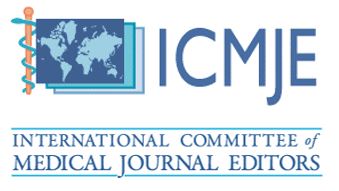Demographic Characteristics of Spinal Cord Injury Patients Referred for Rehabilitation in Miri Hospital
DOI:
https://doi.org/10.51200/bjms.vi1.3746Keywords:
demographics, spinal cord injury, rehabilitationAbstract
Background and aim: Miri is the second-largest city in Sarawak, and Miri hospital is the main referral hospital in Northern Sarawak that serves other hospitals such as Bintulu, Marudi, Limbang and Lawas hospitals. The rehabilitation medicine service in Miri hospital started on 14th February 2019. This study aims to explore the demographic characteristics among the referrals for the spinal cord injury populations. Methods: This is a retrospective descriptive study among inpatient referrals to the rehabilitation department taken from the patient’s registry record from 15th February 2019 to 13th April 2021. The descriptive statistical analysis described the demographic characteristics of the spinal cord injury patients. Results: A total of 70 patients were analysed in the study. Non-traumatic spinal cord injury comprises 2/3 of the total cases, with 65% being of infective origin. Most (77.1%) of the patients were referred to rehabilitation within the first 2 weeks of admission, with the average days from admission to the referral of 10 ± 10 days. The duration for co-management of the rehabilitation team with the primary team during inpatient stay was short, with an average of 6 ± 8 days. Rehabilitation management for most of the patients (67.1%) had to be carried out within a week of admission, whereas another 24.3% of the patients were given additional stay up to 2 weeks. From the functional aspect, the mean SCIM scored 29 ± 14, and the mean MBI scored 30 ± 20, indicating a high dependency level among the patients. Conclusion: Due to bed limitations in the hospital setting, the spinal cord injury patients at the high level of dependency were given early supported discharge plans. Identifying the demographic characteristics of the spinal cord population in Miri enables the ongoing development of spinal cord rehabilitation service that meets the need of the local population.
Downloads
Published
How to Cite
Issue
Section
License
All articles are published under the Creative Commons Attribution-NonCommercial (CC BY-NC 4.0) license, enabling users to read, download, copy, distribute, and adapt the material for non-commercial purposes, provided proper credit is given to the original authors and the source. This model supports transparency, accessibility, and the global exchange of medical knowledge.








1.png)



